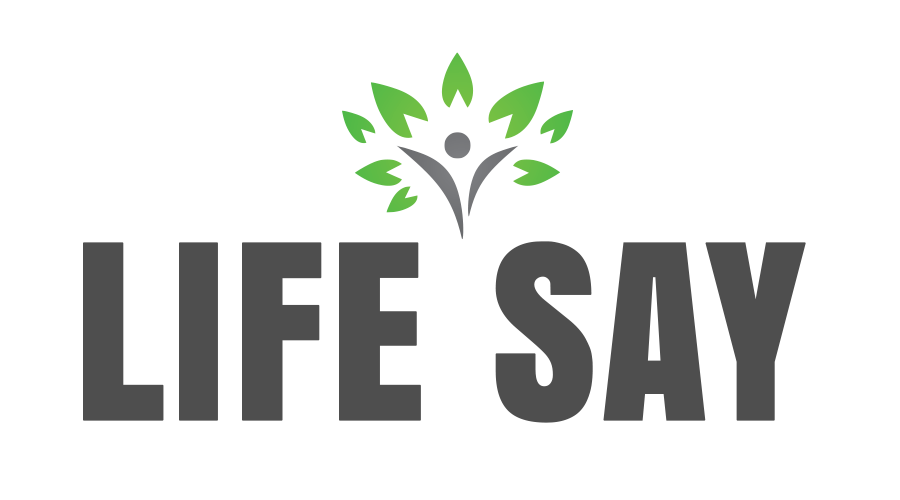The evolution of subscription-based software in the cloud are on the rise and show no signs of slowing. Traditional on-premises software models are rapidly becoming obsolete. What distinguishes the SaaS business model from conventional software offerings?
The Pros of a SaaS Product
The SaaS model has a variety of advantages, including license flexibility, ease of deployment, the newest software versions, scalability based on user needs, and a more predictable income stream in the form of cheaper monthly subscriptions.
Capability to manage versioning of software
As SaaS is hosted in the cloud, only the service provider needs to apply updates. Customers will always have access to the most recent software versions and features through periodic incremental updates, which are included in the subscription price. In contrast, the costly on-site software upgrade strategy provides less frequent updates, has more budgetary needs, and frequently requires the assistance of a consultant to implement the upgrade.
SaaS is expandable
Companies are under intense pressure to provide real-time information, which necessitates the timely processing of massive amounts of data. Fortunately, SaaS applications can be made scalable; they can handle high data transaction volumes and activity spikes, such as payroll processing and month-end closings. This capability enables current reporting and informed decision making.
Scalability of the SaaS model is not restricted to data processing alone. Typically, SaaS providers offer multiple subscription tiers to accommodate the diverse needs of their user base. And customers can switch between options on the fly. Additionally, cloud-based software enables teams with users in multiple places to collaborate using the same solution. For example, venue booking, and event management system usually comes up with SaaS feature. They provide unlimited automated features to manage the events with ease.
Predictable earnings
Although it is impossible to estimate revenue precisely, when your product becomes essential to the operation of a firm, you will develop loyal clients and begin to see steady monthly subscription revenue. This is significantly more predictable than a model based solely on one-time transactions. Customers that subscribe to your services for longer durations are less likely to cancel, resulting in a more stable revenue stream.
Cloud deployments
With the deployment and installation of software in the cloud, the SaaS provider provides membership to the end user by allowing access via their online account credentials. The only requirements are a web browser and Internet access. There is no requirement for on-premises software installation or expensive equipment on the customer’s part to host the software, nor is an end-user license required to activate the product.
The Cons of a SaaS Product
Compared to traditional software business models, the SaaS model presents its fair share of challenges. Longer sales cycles, competitors piggybacking on ideas and pricing structures, security concerns, the ease with which customers can leave due to low prices and competitor offerings, as well as the SaaS marketing challenges and business analytics efforts, are all potential flaws.
Longer conversion funnel
In the SaaS business model, converting free users into paying subscribers typically involves a longer sales cycle — on average, several months — that typically includes free trial periods and signups. You will devote additional effort to nurturing leads and courting customers.
Simple to duplicate business models
Where one SaaS startup finds success, a crowd of copycats will inevitably follow. If a company has proved success with a certain SaaS marketing strategy, sales method, price structure, or email campaign, it is quite easy for competitors to replicate similar methods by just searching the web and emulating the approach. Consequently, pricing becomes obvious to both customers and rivals. For instance, if a venue booking and event management system starts offering the SaaS functionality then a lot of duplicate copies will start coming up. This SaaS duplication scam is usually common in most of the business industries.
Reduce entry barriers for competition
Easy integration into the SaaS model can help facilitate replacement and minimize entrance barriers for competitors. The majority of SaaS sales are subscription-based; therefore, once clients are on board, you must continue to give superior value to competitors while upselling to the next subscription level. If a customer becomes dissatisfied with services or support, they can easily switch to a rival with a comparable pricing structure without having to make a greater initial investment, as they would with conventional software sales.
Security
As with anything else in the cloud, SaaS solutions are susceptible to malicious attacks and data loss. The security of mission-critical and sensitive data in the hands of third-party service providers should be a high priority for both subscribers and service providers. Understanding the limitations for which the software provider is liable, in terms of maintaining the confidentiality and integrity of your data, might be risky and crucial.
Conclusion
However, there are some disadvantages to the SaaS product, such as the previously mentioned longer sales cycles, loss of client loyalty owing to identical competitor service offers, and security concerns, cloud-based SaaS products provide an even greater number of advantages. Cost effectiveness, adaptability, scalability, current updates, and dependable revenue streams for providers are all convincing arguments for why SaaS will continue to be a vital component of future technology trends.


